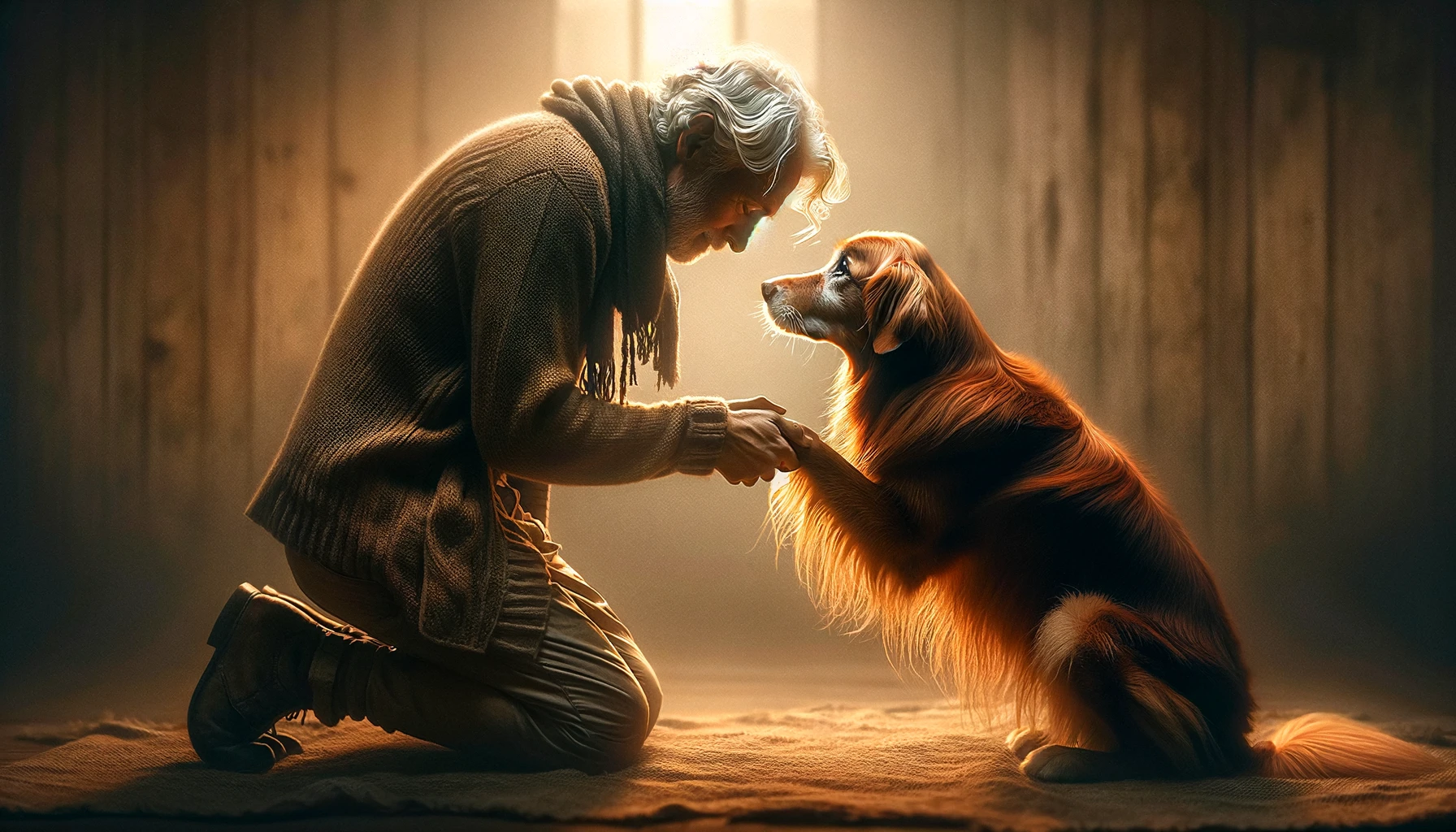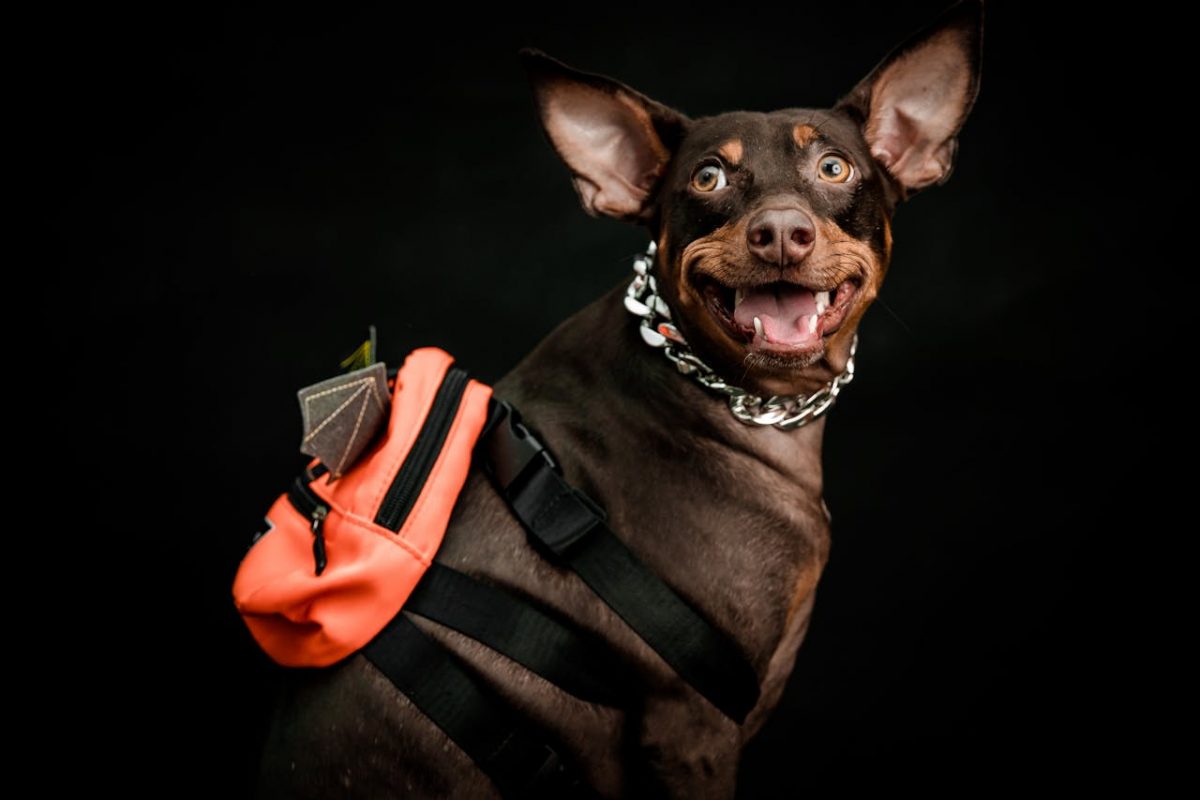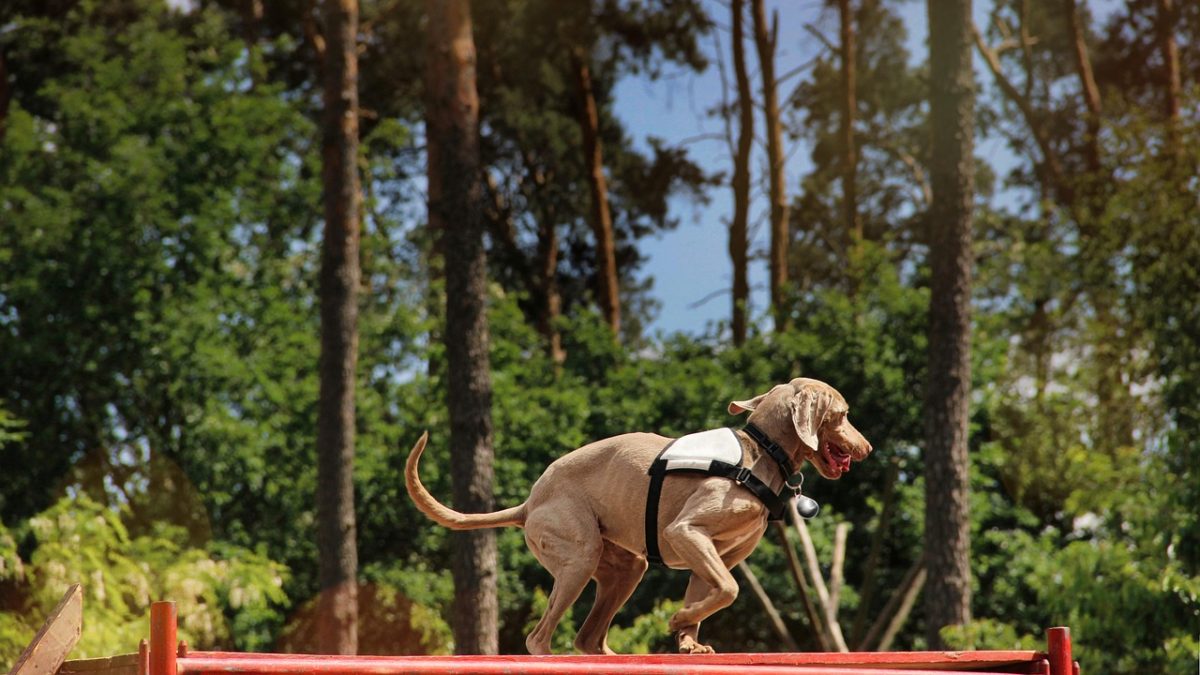Training your dog to bow is not just about teaching them a new trick; it’s about fostering a form of communication that’s both respectful and endearing. A bow can serve as a greeting, a sign of respect, or even a playful gesture among dogs. For humans, it can add a special touch to your dog’s repertoire of behaviors, making interactions with guests and strangers more memorable and positive. This guide will take you through the steps of training your dog to bow on command, explaining the importance of patience, consistency, and positive reinforcement. By the end, you’ll have all the tools you need to teach your dog this respectful greeting.
Understanding the Bow
The bow is a natural behavior for dogs; they often use it as a signal to initiate play, showing that any forthcoming actions are in good spirit. It’s characterized by the dog lowering its chest to the ground while keeping its rear end up. Recognizing this as a foundation, we can build upon it to teach dogs to bow on command. Understanding this behavior’s natural roots helps us approach training from a place of empathy and insight, making the process more intuitive for both you and your pet.
Setting Up for Success
Before diving into the training, it’s crucial to create a conducive learning environment. Choose a quiet space with few distractions, where your dog can focus on you and the task at hand. Equip yourself with plenty of treats or your dog’s favorite toy to use as a reward. It’s also important to decide on a specific command, such as “bow,” to associate with the action. Consistency in the command and reward system lays the groundwork for successful training.
Step-by-Step Training Guide
- Start with the Basics: Begin by getting your dog’s attention and showing them you have a treat in your hand.
- Lure and Guide: Hold the treat in front of your dog’s nose and then slowly lower it between their front legs, encouraging them to follow it with their head. The goal is to get them to lower their chest to the ground while keeping their rear end up.
- Introduce the Command: As soon as your dog begins to move into the bow position, clearly say your chosen command (“bow”). It’s crucial to time this right to help your dog make the connection between the command and the action.
- Reward and Praise: The moment your dog achieves the bow position, even partially, reward them with a treat and offer enthusiastic praise. This positive reinforcement helps them understand they’re doing what you want.
- Practice and Patience: Repeat this process several times in short, focused training sessions. It may take a few days or even weeks for your dog to reliably bow on command, so patience and consistency are key.
Troubleshooting Common Challenges
Training a dog to bow can come with its set of challenges, especially if your dog struggles to understand the desired action or loses interest. If your dog tries to lie down instead of bowing, you may be lowering the treat too far or too quickly. Adjust your technique to keep the treat closer to their nose and move it more slowly. If they’re not engaging, ensure your training sessions are short and exciting, and always end on a positive note to keep their interest peaked.
The Rewards of Training
Teaching your dog to bow is more than just a party trick; it enhances your communication and strengthens your bond. This training process also provides mental stimulation for your dog, keeping them engaged and happy. As they master the bow, you’ll find opportunities to incorporate it into daily routines and interactions, making every greeting a little more special.
Training your dog to bow requires patience, understanding, and a positive approach, but the rewards are well worth the effort. Not only does it add a charming element to your dog’s behaviors, but it also deepens the bond between you and your pet. With consistent practice and reinforcement, your dog will be bowing on command, impressing friends and family with their polite and respectful greeting.



